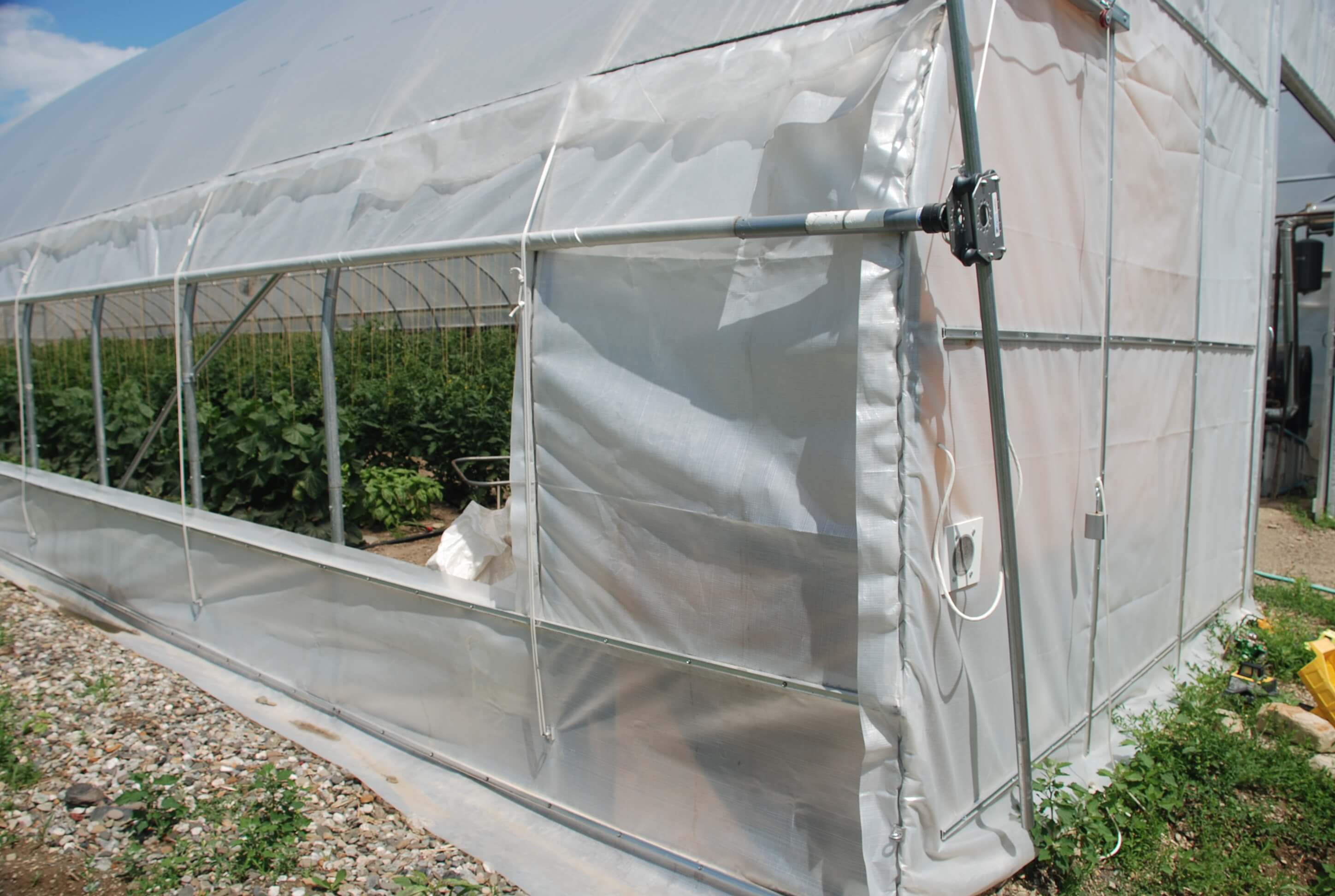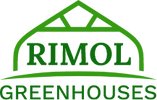High tunnel growers commonly ask us about covering their structure with single poly vs. double inflated poly. While double poly is known to offer more insulation, are the heat savings worth the additional cost of the plastic?
There is no one-size-fits-all answer for whether to cover your tunnel with single-layer or double-layer poly. Here are some of factors to consider and questions to answer when making the decision of single vs. double greenhouse plastic.
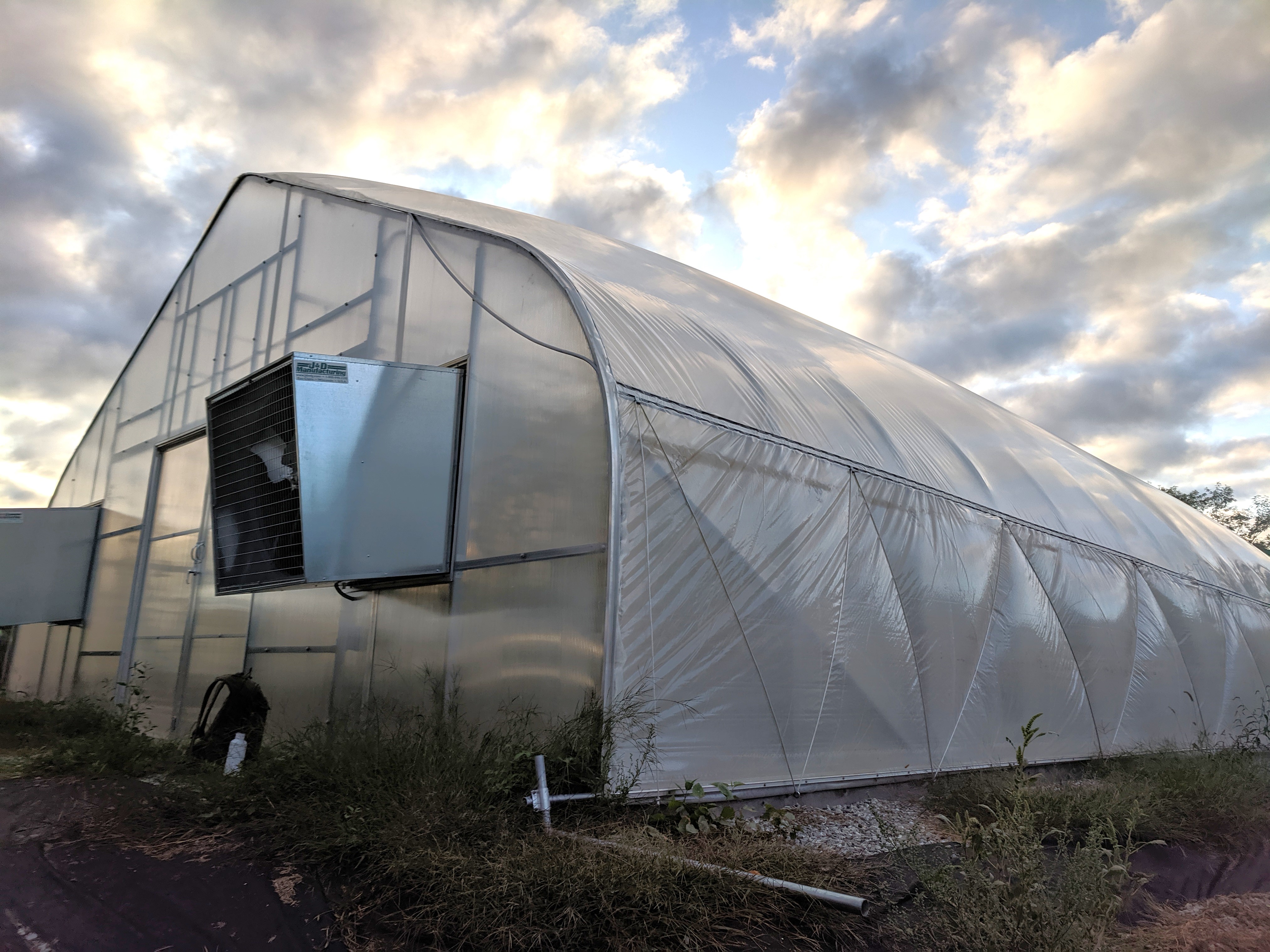
What Size Is Your High Tunnel?
The size of the greenhouse matters.The larger the tunnel, the better the heat retention will be. For example, a 30' x 200' greenhouse will maintain a warmer night temperature compared to a 30' x 96' or 30' x 72'.
Are You Heating Your High Tunnel?
If you plan to heat your high tunnel for a significant period of time, a double layer of poly is highly recommended. The math behind the heat calculations and insulation value of double poly is pretty clear on this.
If you’re not heating and allowing the greenhouse to follow ambient temperatures, a double poly will give you about a 5-degree difference compared to a single poly house.
Are You Growing Through the Winter?
For winter production, light is usually the limiting factor. You’ll get more light with single poly, as Eliot Coleman frequently discusses.
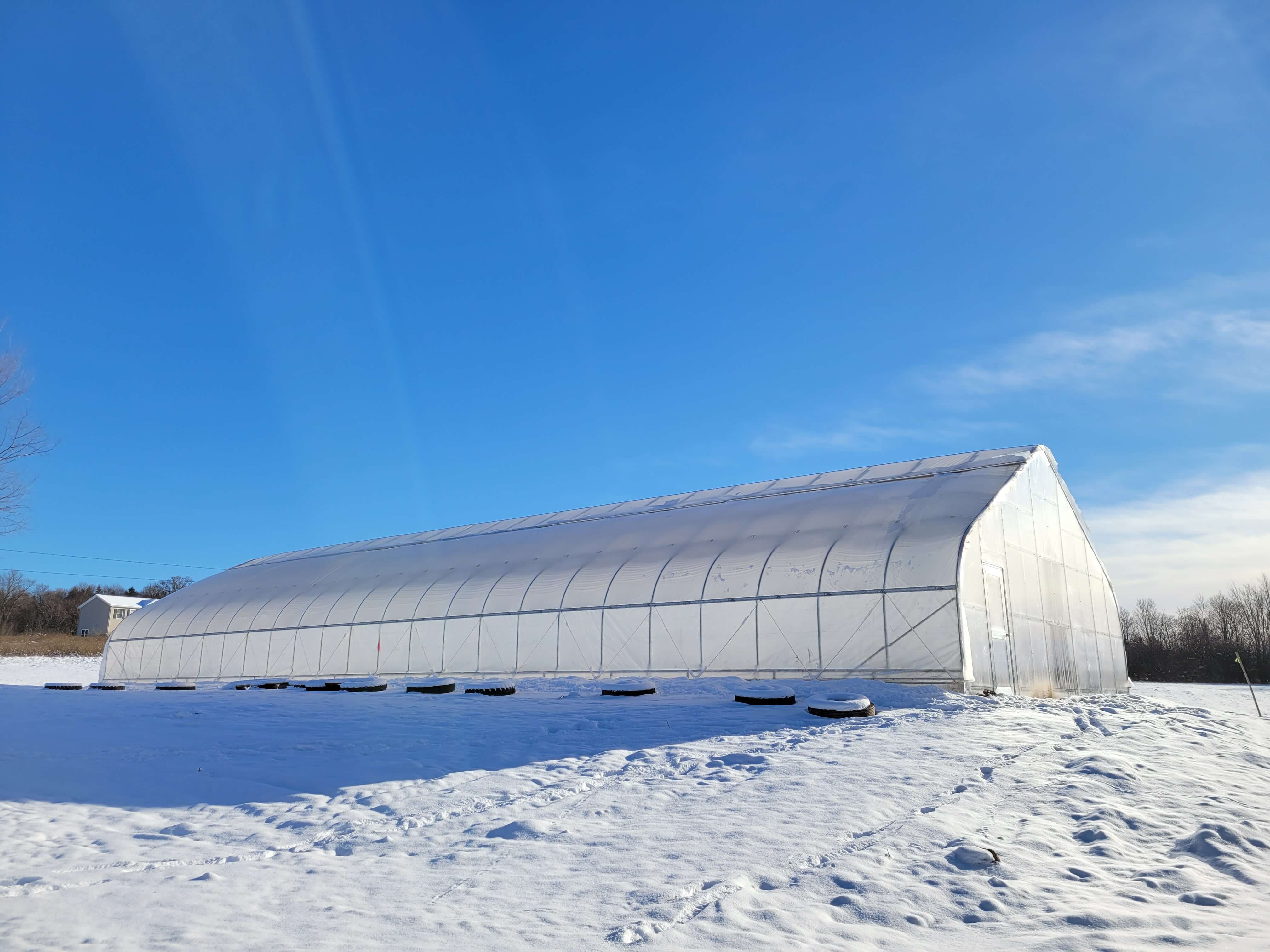
Durability Considerations
From a practical standpoint, double poly tends to last longer than a single layer. Pulling poly isn’t an enjoyable task, and it’s difficult to install it with the same tightness every time. The reason tightness matters is to prevent the poly from moving and rubbing against the frame, which can create holes and shorten its lifespan. The crew's skill and the temperature at installation also play a role, as poly expands when warm and contracts when cold. Double poly offers some forgiveness in this regard—you only need to get the wrinkles out, and the inflation fan takes care of the tightness. For single poly, it’s more important to get the tension right to avoid issues caused by expansion and contraction throughout the year.
For example, if you install a single layer in the summer and stretch it too tight, it might tear in winter when it contracts. Conversely, if it’s installed too loosely in fall, it can expand in the summer and wear out quickly in the wind. For single-layer installation, we recommend putting your poly on in the summer, just tight enough to prevent movement in breezes, allowing it to contract in the winter without problems. Queen's Greens in Amherst, MA uses this method with their 30' x 200' Nor’Easters.
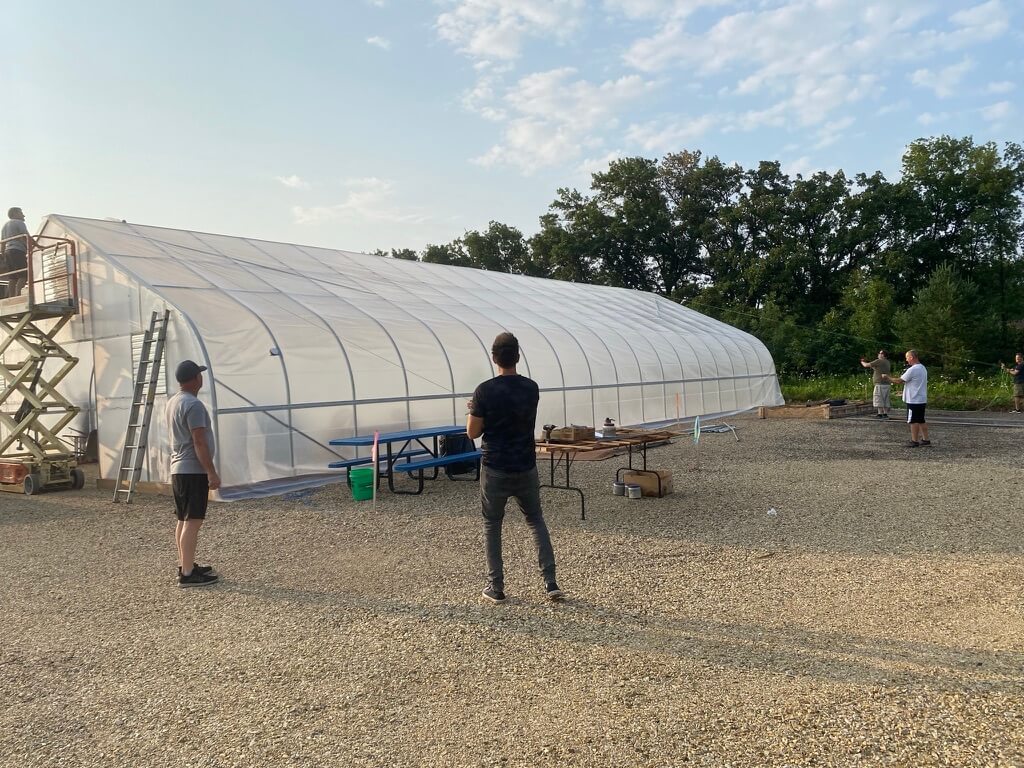
Clear vs. IRAC Poly
Another factor to consider is clear versus IRAC (Infrared/Anti-Condensate) poly. IRAC costs about 10% more, but it’s often worth the investment, especially if you’re heating — even for just a month. The additional cost is likely recouped within the first year.
When using double poly, it’s recommended to make the inside layer IRAC. The University of Wisconsin found that IRAC can reduce heating costs by 10% to 15%. We often use standard clear film for the outer layer, but using IRAC for both layers can give you an extra 5% in heat savings. You’ll need to weigh the benefits of that extra energy savings against the higher cost. For shorter greenhouses, such as a 48' long tunnel, you could purchase a 100' roll of IRAC for both layers, which is more cost-effective than buying both IRAC and clear poly rolls. Similarly, for a 72' long tunnel, a 150' roll would suffice for both layers in IRAC.
The benefits of IRAC apply to single-layer poly as well, as it helps retain more heat at night and offers light diffusion, reducing shadows and spreading light more evenly. This light diffusion has been shown in multiple university studies to increase yields. It also helps prevent sunscald on crops like greens and tomatoes.
Controllers and Motorized Roll-Up Sides
Lastly, this is a good time to talk about controllers. Motorized roll-up sides have made a huge difference for many high tunnel growers by eliminating the guesswork of when to roll up or down for ventilation. We all remember the times when the greenhouse got too hot before we could roll up the sides, and similarly, when it got too cold before closing.
A good controller can automate this process, maintaining an even temperature and resulting in better growth, higher yields, and less disease pressure. These benefits alone justify the cost of motors and controls. Plus, it reduces labor and takes one more task off your daily to-do list. Properly timing the closing of your tunnel ensures you retain accumulated heat going into the night.
